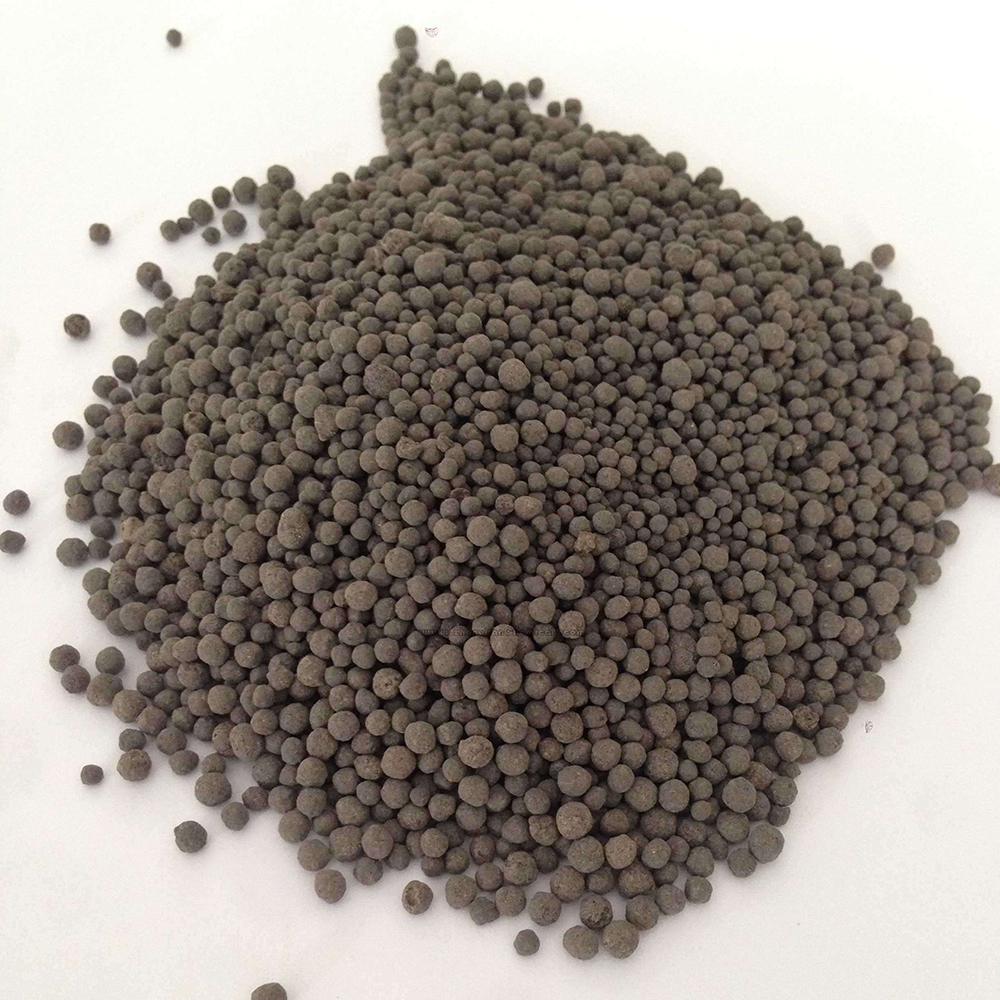



1 m naoh ph value
Understanding the pH Value of 1% NaOH Solution
Sodium hydroxide (NaOH), commonly known as lye or caustic soda, is a powerful alkaline compound used in various industrial and laboratory applications. One of its key characteristics is its pH value, which indicates how acidic or alkaline a solution is. In this article, we will explore the properties of a 1% NaOH solution and its pH value implications.
What is NaOH?
Sodium hydroxide is an inorganic compound composed of sodium (Na+), oxygen (O2−), and hydrogen (H+). When NaOH is dissolved in water, it dissociates into sodium ions and hydroxide ions (OH−). This dissociation is what makes NaOH a strong base, and it increases the concentration of hydroxide ions in the solution.
Understanding pH
pH is a measure of the hydrogen ion concentration in a solution. It is a logarithmic scale that ranges from 0 to 14, with 7 being neutral. A pH value below 7 indicates acidity, while a pH above 7 indicates alkalinity. Thus, bases like NaOH are characterized by high pH values.
pH of a 1% NaOH Solution
To calculate the pH of a 1% NaOH solution, we first need to determine its concentration in terms of molarity. A 1% solution of NaOH means that there is 1 gram of NaOH in 100 mL of solution. The molar mass of NaOH is approximately 40 g/mol. Therefore, a 1% NaOH solution can be converted to molarity as follows
1. Calculate the number of moles of NaOH \[ \text{Number of moles} = \frac{1 \text{ gram}}{40 \text{ g/mol}} = 0.025 \text{ moles} \]
1 m naoh ph value

2. Convert to molarity Since the solution volume is 100 mL (0.1 L), the molarity (M) is \[ M = \frac{0.025 \text{ moles}}{0.1 \text{ L}} = 0.25 \text{ M} \]
When NaOH dissociates in water, it releases one hydroxide ion per formula unit. Therefore, the concentration of hydroxide ions (OH−) in this solution is also 0.25 M.
3. Calculate the pOH The pOH is calculated using the formula \[ \text{pOH} = -\log[\text{OH}^-] \] Substituting the concentration of hydroxide ions \[ \text{pOH} = -\log[0.25] \approx 0.60 \]
4. Convert pOH to pH The relationship between pH and pOH is given by the equation \[ \text{pH} + \text{pOH} = 14 \] Thus, the pH of the 1% NaOH solution is \[ \text{pH} = 14 - 0.60 \approx 13.40 \]
Implications of the pH Value
A pH value of approximately 13.40 indicates that a 1% NaOH solution is highly alkaline. This level of alkalinity makes NaOH an effective reagent in numerous chemical processes, including the manufacture of soap, paper, and cleaning agents. It is crucial to handle such solutions with care, as they can cause severe burns on contact with skin or mucous membranes.
In laboratory settings, 1% NaOH solutions are often used in titrations to determine the concentration of acidic substances. The strong alkaline nature of NaOH allows it to neutralize acids quickly, providing a reliable method for quantitative analysis.
Conclusion
Understanding the pH value of a 1% NaOH solution is essential for anyone working with this compound, whether in educational laboratories or industrial applications. With a pH of approximately 13.40, 1% NaOH solutions are among the most alkaline solutions used in various fields. Knowledge of its properties and safe handling practices is crucial to ensuring effective and safe usage in all chemical processes.
-
Why Sodium Persulfate Is Everywhere NowNewsJul.07,2025
-
Why Polyacrylamide Is in High DemandNewsJul.07,2025
-
Understanding Paint Chemicals and Their ApplicationsNewsJul.07,2025
-
Smart Use Of Mining ChemicalsNewsJul.07,2025
-
Practical Uses of Potassium MonopersulfateNewsJul.07,2025
-
Agrochemicals In Real FarmingNewsJul.07,2025
-
Sodium Chlorite Hot UsesNewsJul.01,2025










